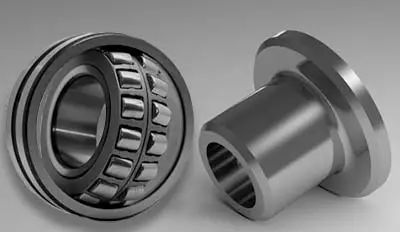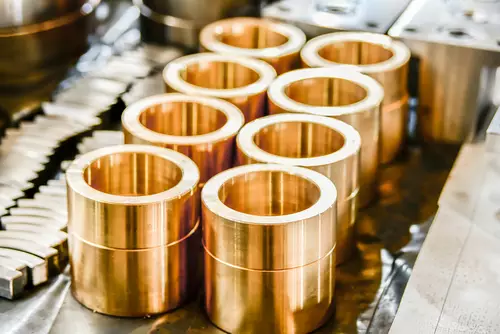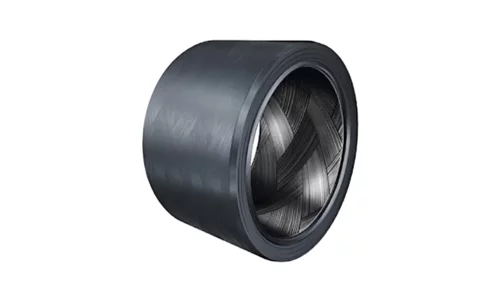
Plastic Plain Bearings and Bushings – Design, Materials, and Applications
Pacific International Bearing Sales (PIB) offers a full range of plastic plain bearings and plastic bushings, and filament wound plastic bushings that deliver high performance in many applications.. Plastic bushings provide smooth, low-friction support for rotating, oscillating, or linear motion without the use of rolling elements. In this article, we discuss plastic plain bearings and bushings – their various materials and specifications as well as some actual use cases.
Plastic plain bearings are designed from a self-lubricating polymer. This design promotes a sliding surface that enables maintenance-free or low-maintenance operation. Compared to standard radial ball bearings, plastic bearings do not require lubrication in most cases, dramatically reducing maintenance needs and preventing lubricant leakage into the environment.
Plastic Plain bushings excel in applications requiring no to little lubrication and where corrosion is ever present. They are also used for small oscillating movements, and where rolling bearings might suffer from inadequate lubrication or excessive wear.
They are constructed in simple cylindrical or flanged shapes that can easily fit into compact assemblies, yet they withstand high pressures and shock loads. By incorporating advanced materials – from PTFE-filled composites to fiber-reinforced polymers – plastic plain bearings combine moderate load capacity with low friction and long service life, all in a compact form factor.
It is widely believed that metal bearings take more load than polymer-based bearings. In certain applications, metal is the appropriate choice, but sometimes plastic is a better alternative.. Many thermoplastic and thermoset bearings sustain high-pressure loads, and nearly all are superior to metal when it comes to weight, maintenance, and corrosion resistance.
There are two types of polymer-based bearings: thermoplastics and thermoset plastics. Thermoplastic bearings are created where pellets are heated and formed into shapes that are machined.
Thermoplastic base materials include PA (polyamide), POM (polyoxymethylene), PEEK (polyether ether ketone), PI (polyimide), and PTFE (polytetrafluoroethylene)
Thermoset plastics start out as a base resin. After a catalyst is added and heat applied, a chemical reaction hardens the plastic. Often, fabric reinforcements are added to the resin, which improves strength.
Materials and Types of Plastic Plain Bearings
Modern plain bushings come in a variety of material compositions. Schaeffler’s portfolio, for example, includes metal-backed polymer composites as well as all-polymer filament wound structures and PTFE-fabric linings, each optimized for specific performance characteristics. Below we detail the common materials and designs used for plastic plain bearings, along with their maintenance requirements and typical applications.
Maintenance-Free Metal-Polymer Composite (E40)
One widely used class of plain bushings is the metal/polymer composite type, exemplified by Schaeffler’s E40 material. An E40 bushing consists of a steel or bronze backing with a bonded PTFE-based sliding layer, creating a self-lubricating bearing surface. E40 is a maintenance-free material – it operates dry (without grease) and exhibits ultra-low friction (coefficient of friction ~0.03–0.25) with minimal wear. These bushings can sustain high loads (dynamic load capacity ~140 N/mm²) and operate over a broad temperature range (approximately –200 °C to +280 °C).

Low-Maintenance Metal-Polymer Composite (E50)
For applications that can tolerate minimal periodic lubrication, Schaeffler offers the E50 material, a metal-polymer composite that is “low-maintenance.” E50 bushings have a steel backing with a porous polymer (often acetal-based) layer that contains lubricant pockets.
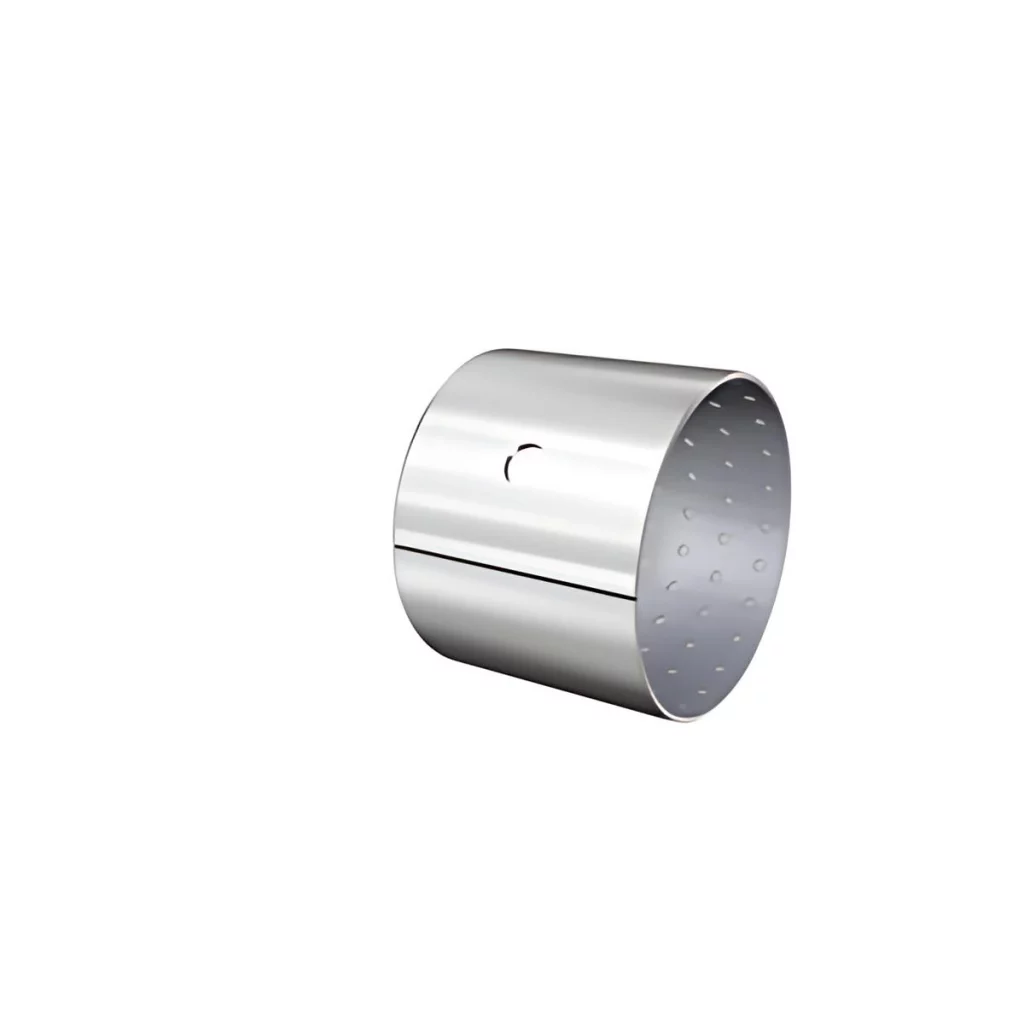
During assembly, the bushing is pre-lubricated with grease, which then gradually releases from the pockets over time. Thanks to this design, initial lubrication is sufficient for most of the bushing’s service life – no frequent relubrication is required. E50 plain bushes still significantly reduce maintenance demands compared to fully metallic bearings, while offering slightly higher friction than E40 (typical μ ~0.02–0.20) and a dynamic load capacity around 70 N/mm². The operating temperature range for E50 composites is about –40 °C to +110 °C, suitable for many industrial environments.
During assembly, the bushing is pre-lubricated with grease, which then gradually releases from the pockets over time. Thanks to this design, initial lubrication is sufficient for most of the bushing’s service life – no frequent relubrication is required. E50 plain bushes still significantly reduce maintenance demands compared to fully metallic bearings, while offering slightly higher friction than E40 (typical μ ~0.02–0.20) and a dynamic load capacity around 70 N/mm². The operating temperature range for E50 composites is about –40 °C to +110 °C, suitable for many industrial environments.
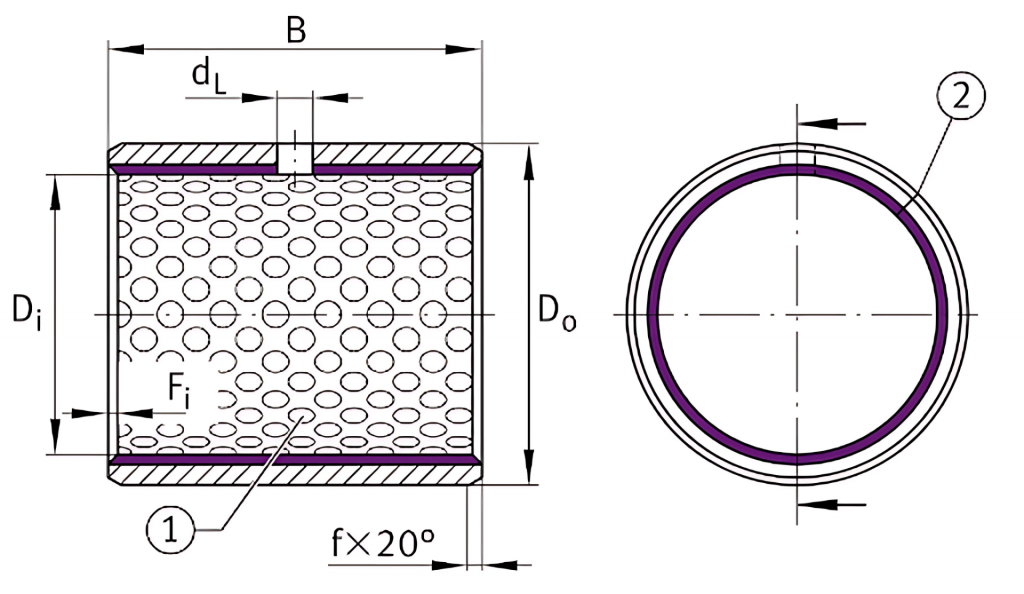
Design and availability: Like E40, the E50 series is produced as cylindrical bushes, washers, and strips (series EGB, EGBZ, EGW, EGS), though flanged versions are less common. E50 bushings comply with DIN ISO 3547 and share many structural benefits with E40, such as high load capacity and low wear. The key difference is that E50’s sliding layer is formulated for use with grease lubrication – it must be lubricated at installation, but thereafter it becomes largely self-sufficient as the lubricant pockets release grease gradually. Engineers often choose E50 for bearing positions where some grease can be applied initially to boost load capacity or where regulations permit a “sealed-for-life” greased bushing. Examples include pivot joints in construction equipment or vehicle chassis that experience heavy loads but where a fully dry operation is not strictly necessary. In such positions, an E50 bushing provides a robust solution with only minimal maintenance (no re-greasing) needed during its service.
Filament Wound Plastic Bushings (ELGOTEX)
For heavy-duty applications and corrosive environments, filament wound plastic bushings offer outstanding performance. Schaeffler’s ELGOTEX series is a prime example: these are maintenance-free, fiber-reinforced composite bearings consisting of wound alternating layers of fiberglass and PTFE fibers in a resin matrix. ELGOTEX bushings contain no metal backing at all; instead, the structure is a thick-walled composite tube that is extremely lightweight yet strong.
They are designed as direct replacements for traditionally greased bronze or steel bushings in high-load, low-speed applications. With static load capacities comparable to solid metal (static up to ~200 N/mm²) and dynamic load capacity around 140 N/mm², ELGOTEX bearings can handle the massive forces seen in construction machinery hinges, crane booms, agricultural equipment pivots, and more. At the same time, they run completely dry, eliminating grease maintenance and preventing contamination of the environment. The typical coefficient of friction ranges from ~0.03 to 0.20, similar to other PTFE-based liners, and operating temperatures span roughly –20 °C to +130 °C.
Notable features: ELGOTEX bushings excel under conditions of vibration and shock. The filament-wound structure and resin bonding allow these bearings to absorb shocks and dampen vibrations without damage. They are also inherently corrosion-proof, making them ideal for outdoor and marine uses where steel components might rust. A special variant called ELGOTEX-WA (water-resistant) was developed specifically for underwater or marine applications.
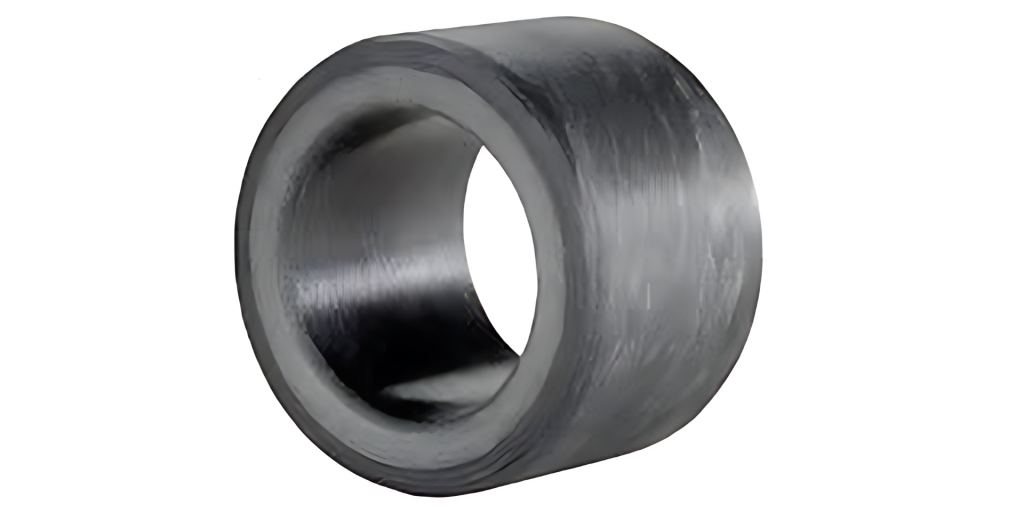
The ELGOTEX-WA series (designated by part code ZWB..-WA) uses materials optimized for constant water exposure and earned certification by Germanischer Lloyd for use in ship rudder systems. Standard ELGOTEX cylindrical bushings carry the prefix ZWB in their part numbers, while the water-resistant type is indicated by ZWB..-WA. These bearings meet DIN ISO 4379 standards for filament wound bushes and are truly “fit-and-forget” solutions – once installed, they require no lubrication or maintenance over their lifetime. Engineers choose ELGOTEX for the most demanding conditions: for example, replacing greased bronze bushings in excavator joints, pivot bearings in off-road trucks, and heavy pivot points in agricultural machinery, where maintenance-free and environmentally friendly operation is a priority.
PTFE Fabric Linings (ELGOGLIDE Bushings)
At the highest end of performance are PTFE fabric-lined plain bearings, such as Schaeffler’s ELGOGLIDE material, which are used in heavy-duty bushings and spherical plain bearings. ELGOGLIDE is a proprietary woven PTFE fabric impregnated with epoxy, bonded to a steel supporting body. Bushings utilizing an ELGOGLIDE lining can support extremely high dynamic loads – up to ~300 N/mm² – far beyond most other plain bearing materials. They remain maintenance-free (dry-running) and exhibit very low friction (~0.02 to 0.20) even under high pressures. ELGOGLIDE’s claim to fame is its ability to perform under small oscillating or swiveling motions at high load, without wear or “stick-slip” issues. This makes it ideal for applications like the blade pitch control bearings in wind turbines, pivot joints in industrial cranes, and kingpin or suspension bearings in heavy trucks. In such scenarios, motions are frequent but with limited angle, and rolling elements would not circulate properly – a plain bearing is preferable, provided it can handle the stress. ELGOGLIDE fabric bushings fulfill this role with distinction, offering exceptional durability and reliability under oscillatory motion.
Design and performance: ELGOGLIDE-lined bushings are typically supplied in a heavy-duty cylindrical form (series ZGB) to replace steel-on-steel bearings.
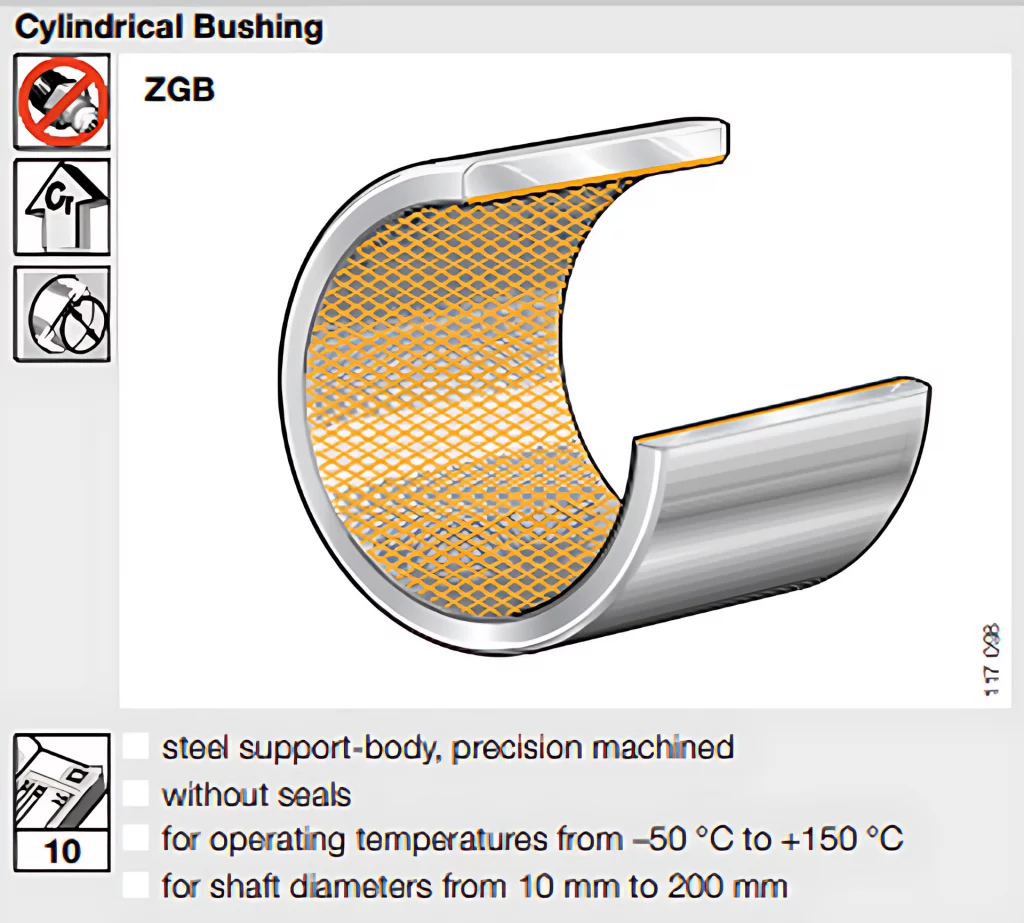
They often feature robust steel housings and can even include seals for contaminant protection in harsh environments. Engineers sometimes pre-grease ELGOGLIDE bushings very lightly at installation – not for ongoing lubrication, but to aid the initial running-in. During the first oscillations, tiny PTFE particles from the fabric transfer to the counter-surface, creating a smooth self-lubricating film. This running-in process is typically completed quickly, after which the bearing operates with negligible wear and a very low, stable friction torque. The resulting service life under heavy load can be impressively long; endurance tests have shown extremely low wear rates even at contact pressures of 300 N/mm². ELGOGLIDE bushings are frequently chosen for critical, long-life applications – for example, yaw bearings and pitch bearings in wind turbines, articulating joints in robotics and automation, heavy vehicle suspension articulations, and even bridge structures that must endure decades of cyclical loading without maintenance. In summary, the ELGOGLIDE material enables plain bearings to achieve a combination of high load capacity, low friction, and extraordinary longevity, making it a go-to solution for extreme-duty use cases.
Common Series and Part Designations
To summarize the product offerings, here is a quick reference to common series codes and part numbering for plastic plain bearings (INA/Schaeffler designation system):
- EGB – Cylindrical plain bushing (metric sizes)
- EGBZ – Cylindrical plain bushing (inch sizes)
- EGF – Flanged plain bushing (metric)
- EGW – Thrust washer
- EGS – Flat sliding strip or plate
- ZWB – Filament wound cylindrical bushing (ELGOTEX material)
- ZWB..-WA – Filament wound bushing in ELGOTEX-WA (water-resistant for underwater use)
- ZGB – Heavy-duty cylindrical bushing with ELGOGLIDE fabric lining
These designations appear in the plain bearing part numbers along with size codes. For example, an INA part number like EGB2020-E40 would indicate a metric bush of nominal size 20 × 22 × 20 mm (ID × OD × Length) made from E40 maintenance-free composite. Similarly, ZWB10011580 might denote an ELGOTEX bush of 100 mm ID, etc., and ZWB10011580-WA the water-resistant version of the same size. By understanding these codes, engineers and sourcing professionals can quickly identify the construction and material of a plain bearing from its part number – a valuable aid in specifying the right product for an application.
Key Specifications Comparison
To help in selecting the appropriate plastic plain bearing, the table below summarizes the key technical specifications for the different material families discussed (data based on Schaeffler’s catalog):
| Material (Series) | Type | Dynamic Load Capacity | Friction Coefficient | Operating Temperature |
| E40 (metal-polymer) | Maintenance-free (dry) | ≈ 140 N/mm² | 0.03–0.25 μ | –200 °C to +280 °C |
| E50 (metal-polymer) | Low-maintenance (greased) | ≈ 70 N/mm² | 0.02–0.20 μ | –40 °C to +110 °C |
| ELGOTEX (ZWB series) | Maintenance-free (dry) | ≈ 140 N/mm² (50 N/mm² in water) | 0.03–0.20 μ | –20 °C to +130 °C |
| ELGOTEX-WA (ZWB..-WA) | Maintenance-free (dry) | ≈ 50 N/mm² (in water) | 0.03–0.20 μ | –20 °C to +130 °C (water duty) |
| ELGOGLIDE (ZGB series) | Maintenance-free (dry) | ≈ 300 N/mm² | 0.02–0.20 μ | –50 °C to +150 °C |
Table: Key properties of various plastic plain bearing materials (Schaeffler INA data). Load capacity is given as approximate dynamic design pressure. All listed types are lead-free and RoHS-compliant. E40 and E50 have metal backings (steel or bronze), whereas ELGOTEX and ELGOGLIDE bushings are steel-backed or composite structures with advanced sliding layers.
These figures highlight the trade-offs between options. E40 provides a wide temperature range and no-maintenance ease, making it a versatile choice for many uses. E50 sacrifices some friction and load capacity in exchange for a simpler, low-maintenance approach when occasional greasing is acceptable. ELGOTEX matches the load performance of metal-backed bushings while adding light weight, vibration tolerance, and corrosion immunity – ideal for wet or dirty settings. ELGOGLIDE fabric linings far exceed the load ratings of the others, enabling plain bearings to tackle applications that were once the domain of roller bearings (e.g., very high contact pressure joints). By understanding these specs, designers can select the best bushing for their project’s needs.
Applications of Plastic Plain Bearings
One of the strongest endorsements of plastic plain bearings is their proven track record in a diverse array of industries. The maintenance-free and self-lubricating nature of these bushings makes them extremely valuable in applications where regular service is difficult or impossible. Below, we highlight some practical use cases and industries where plastic plain bearings (in particular, Schaeffler’s INA plain bushings) demonstrate significant benefits:
- Wind Turbines: In wind energy, plain bearings are used in critical systems such as blade pitch control mechanisms and yaw drives. For instance, the swiveling joints that adjust blade angles (pitch bearings) experience high intermittent loads and small oscillations with each change in wind direction. Maintenance-free ELGOGLIDE-lined bearings are ideal here, as they handle high pressures and require no grease – essential for remote wind farm installations. These plastic bushings contribute to turbine reliability by avoiding false brinelling and wear that can plague rolling bearings under small oscillatory motions. Moreover, their long service life aligns with the 20+ year design life of wind turbines, reducing the need for costly uptower repairs.
- Cranes and Construction Machinery: Heavy-duty construction equipment like mobile cranes, excavators, backhoes, and loaders employs plain bushings in pivot joints (boom articulations, bucket hinges, steering kingpins, etc.). ELGOTEX filament-wound bearings have been successfully used to replace greased steel bushings in these applications, offering equal load capacity but eliminating daily or weekly greasing routines. In a crane boom hinge, for example, an ELGOTEX bushing can withstand the high static loads and shock impacts while operating smoothly in dirty, outdoor conditions. Its corrosion-free composite structure means rain or mud will not degrade the bearing. Similarly, construction vehicle chassis joints (like those in large dump trucks or loaders) benefit from maintenance-free composite bushings that prevent dust and grit from mixing with grease (since no grease is needed). Overall, plastic plain bearings improve equipment uptime and reliability on the job site by removing a common failure point (lubrication starvation or contamination) and by standing up to intense loads and vibrations.
- Commercial Trucks and Heavy Vehicles: In on-road and off-road vehicles (trucks, buses, agricultural tractors, etc.), plain bearings are used in suspension systems, kingpins, shock absorber mounts, steering linkages, and articulation points. Traditionally, these were greased metal bushings that required frequent lubrication and tended to wear if not perfectly maintained. Maintenance-free plain bearings (E40 or ELGOGLIDE) are now being adopted to improve these joints. For example, Schaeffler is introducing ELGOGLIDE-based plain bearings to replace tapered roller kingpin bearings in truck steering axles. The plain bearing design with solid lubricant can better tolerate the small steering oscillations and high shock loads at the kingpin without suffering from false brinelling or raceway denting, thereby extending service life and eliminating re-greasing. Likewise, in trailer suspensions or heavy truck spring eyes, composite bushings can provide a long-lasting, lubrication-free joint. The result is improved reliability for fleet operators and lower maintenance costs over the vehicle’s life.
- Railway and Transit: Rail vehicles – from high-speed trains to trams and subways – make use of plain bearings in bogie suspension systems, coupling joints, tilting mechanisms, and door systems. Here, the ability to go long intervals without maintenance is invaluable, as trains must operate safely for millions of cycles. Maintenance-free spherical plain bearings with ELGOGLIDE liners are often chosen for rail suspension links and tilting technology in passenger trains, due to their combination of high load capacity and freedom from lubrication. Similarly, fiberglass-reinforced bushings (like plastic spherical bearings with PTFE liners) are utilized in articulation joints between railcar sections, meeting the requirement of 50+ years of operation with no internal relubrication. By using plastic plain bearings in these positions, rail engineers achieve greater reliability and lower life-cycle costs, ensuring that critical joints do not seize or require frequent overhaul.
- Agricultural and Off-Highway Equipment: Farm machinery and off-highway vehicles often face harsh conditions (dirt, water, fertilizer chemicals) and sporadic use, which makes regular maintenance challenging. Plastic plain bushings are widely applied in agricultural equipment such as tractors, combines, sprayers, and implements. They can be found in hitch linkages, pivot pins, suspension and chassis joints, loaders and backhoe attachments, and even cab mounts. One key advantage is that these bushings don’t mind dirt – without grease, grit is less likely to stick and cause abrasion. For example, the hinge points on a folding plow or seed drill can use ELGOTEX bushings to avoid daily greasing, saving farmers time and ensuring the equipment deploys reliably each season. Plastic plain bearings also handle the shock loads (when hitting rocks or bumps) better by having some compliance and vibration-damping. In short, they are durable, weather-resistant solutions that keep farm equipment running smoothly with minimal upkeep – a clear win for agricultural productivity.
- Robotics and Industrial Automation: In robotic arms and automation machinery, lightweight, maintenance-free bearings are highly desirable. Joint articulations in robots often operate at relatively low rotation angles but can see high repetition and significant loads (think of a robot wrist or elbow joint). Metal-to-metal bearings here would require constant lubrication and still wear out. Instead, composite plain bearings (often PTFE-lined) are used in many robotic joints to provide low friction without lubrication and to keep the mechanism light. The ELGOGLIDE material, in particular, has been utilized in collaborative robot (cobot) arm joints, benefiting from its ability to handle high contact pressures in a very compact form. Plastic bushings in robots also avoid the risk of oil or grease contaminating sensitive products (important in food packaging or electronics assembly). Moreover, their inherent damping can help absorb shock loads or vibration in high-speed pick-and-place machines. The result is a cleaner, lower-maintenance operation that aligns well with the demands of modern automated factories.
- Infrastructure and Bridges: Even civil engineering structures like bridges and building supports have begun to employ advanced plain bearing technology. Bridges often use large spherical bearings or bushings at expansion joints and supports to allow controlled movement. Traditionally, these were steel components requiring grease. Now, maintenance-free plain bearings with PTFE-based sliding surfaces (similar to ELGOGLIDE) are specified to achieve the multi-decade service life (50+ years) without intervention. For example, a large bridge support bearing might use a composite sliding plate to accommodate thermal expansion and vibrations, eliminating the need to periodically crawl under the bridge for relubrication. These structural plain bearings must handle huge loads and environmental exposure, and the success of PTFE fabric and composite materials in meeting those needs is a testament to how far plastic plain bearing technology has advanced. The same maintenance-free principle is applied in other infrastructure like hydraulic dam gates, construction hinges, and even offshore oil platforms, where plain bearings must work reliably in corrosive, remote conditions.
Conclusion
Plastic plain bearings and bushings represent an efficient, cost-effective solution for reducing friction and supporting heavy loads in countless applications. By leveraging materials like E40, E50, ELGOTEX, and ELGOGLIDE, engineers can design bearing supports that run quietly, resist harsh environments, and operate for years without upkeep. The examples in wind energy, transportation, agriculture, and automation illustrate that these bearings are truly the efficient all-rounders of motion support. They not only improve performance (through lower friction and smoother motion) but also deliver practical benefits – simplified maintenance, longer service intervals, and total cost savings over the equipment’s lifetime.
At Pacific International Bearing Sales, we can help you choose the right type and material for your specific requirements. Contact PIB today at [email protected] for personalized assistance in specifying or sourcing plastic plain bearings. We’ll ensure you get the optimal bearing – in design, material, and performance – to keep your projects running smoothly and reliably.

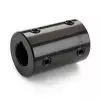

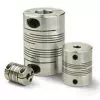
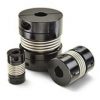
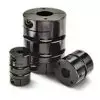
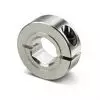
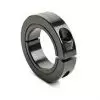
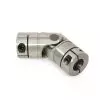
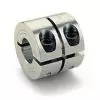 Short Rigid Couplings
Short Rigid Couplings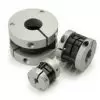 Controlflex Couplings
Controlflex Couplings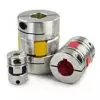 Jaw Couplings
Jaw Couplings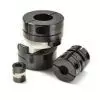 Oldham Couplings
Oldham Couplings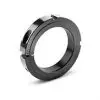 Bearing Locknuts – TCN
Bearing Locknuts – TCN Double Wide Shaft Collars
Double Wide Shaft Collars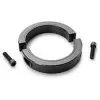 Heavy Duty Shaft Collars
Heavy Duty Shaft Collars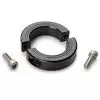 International Series Shaft Collars
International Series Shaft Collars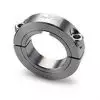 Keyed Shaft Collars
Keyed Shaft Collars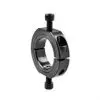 Mountable Shaft Collars
Mountable Shaft Collars Quick Clamping Shaft Collars
Quick Clamping Shaft Collars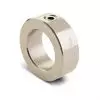 Set Screw Shaft Collars
Set Screw Shaft Collars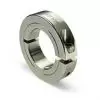 Thin Line Shaft Collars
Thin Line Shaft Collars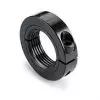 Threaded Shaft Collars – Pacific International Bearing Products
Threaded Shaft Collars – Pacific International Bearing Products Two-Piece Shaft Collars
Two-Piece Shaft Collars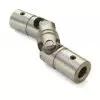 Friction Bearing Universal Joints
Friction Bearing Universal Joints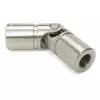 Needle Bearing Universal Joints
Needle Bearing Universal Joints